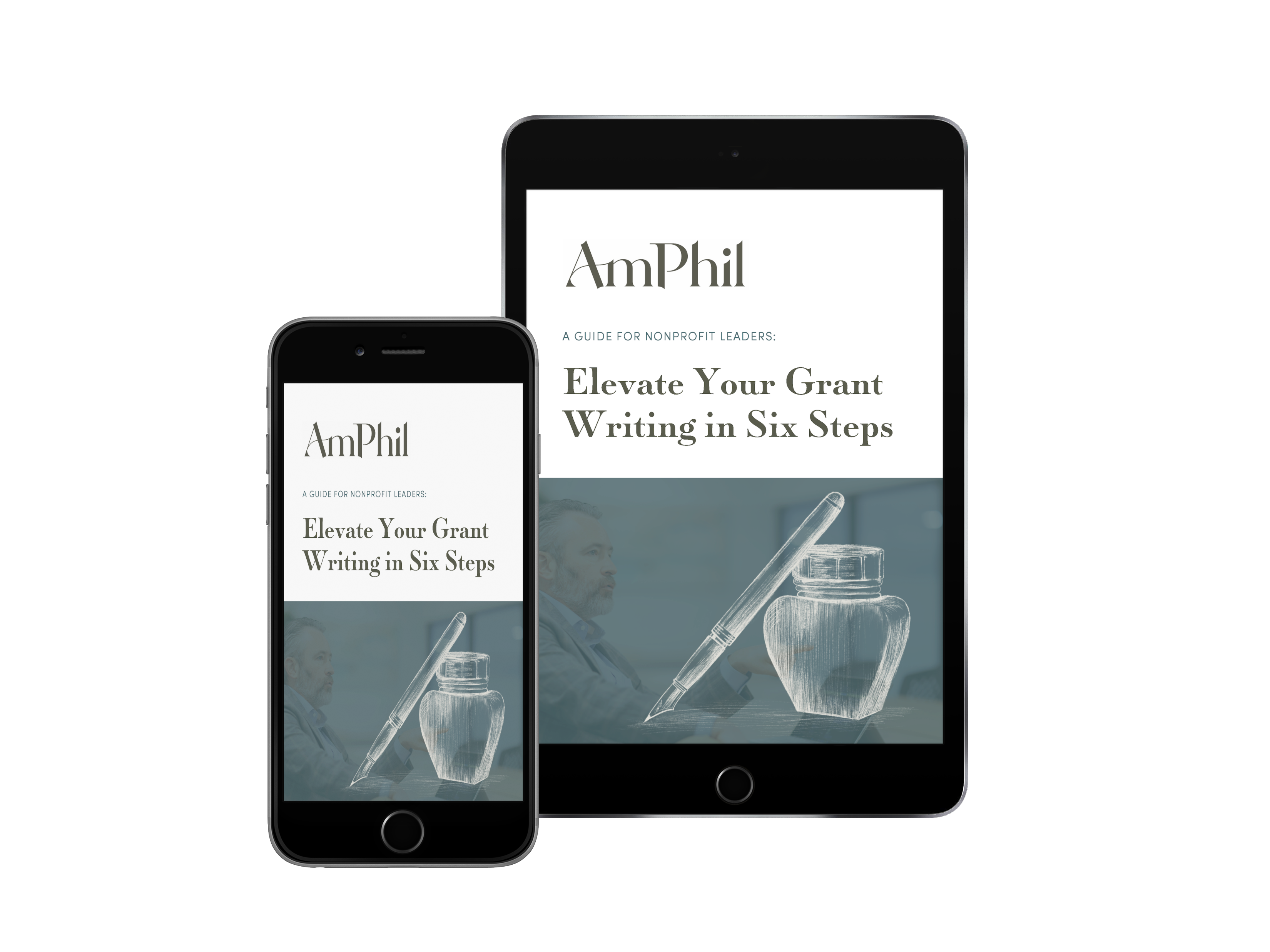
Graphic design tends to be put on the back burner by most business or nonprofit leaders who favor sales-oriented efforts in their quest to raise funding or increase their year-over-year growth. This is understandable—it can be hard to measure ROI for creative services, and people often underestimate how much high-quality design can benefit a mission-driven organization.
That said, there are a multitude of reasons to value visual assets in a mission-driven enterprise. That's why we’ve outlined the top three ways design can (and should) benefit your organization.
1. Design Serves as Your Nonprofit's First Impression
Unless a potential donor’s first contact with your organization is face-to-face with someone on staff, it will more than likely be with your website or a fundraising campaign.
Imagine this scenario: You’re a philanthropically minded person looking for a new cause to support and are deciding between two similar organizations that specialize in caring for the poor.
You open an organization’s website, looking to learn more about their mission, and the first thing you see is a messy main page—too much text, jarring colors, incongruous images. You’re unsure where to click, and start wondering if this is even a safe website to make a donation.
After a minute or two of trying to find your way around, you click out and visit the website of the other nonprofit you were interested in. You’re greeted by a clean homepage and are clearly directed to the “About” section that outlines their mission, vision, and impact. Then, you easily click through to the “Make a Donation” page. You trust and understand this organization after just a few minutes and decide to donate.
The difference between the first and second scenarios is how well each nonprofit visually represents their values and mission, and how that influences the user experience.
The second nonprofit clearly values the benefit a design team can bring to the table.
To bring this point home, check out these design statistics, especially the consumer behavior section. You might be surprised at how many people base their interest in and the credibility of an organization based on its design.
2. Design Tells Your Story
Whether you’re sending a direct mail appeal, refining your branding, or simply amplifying your message on social media, visuals help you create a narrative and elicit an emotional response from viewers.
It would be nice if everyone had the attention span of an 18th- century thinker for text alone.
The fact is, without visual appeal, the best copy in the world is bound to fall flat.
The issue here is that you need to determine how you want to artistically portray your mission, your goals, the importance of your campaigns, etc. It isn’t efficient to hurl a half-baked idea at your beleaguered design team, tell them to follow their hearts, and then nix every option they come up with.
To avoid this pitfall, you’ll need to put on your creative thinking cap. First, consider the function of the piece. Ask such questions as:
- Who is your target audience?
- What are you trying to accomplish or say through this work?
- How will the design be used (print, digital, both)?
Second, it’s helpful to think about your aesthetic preferences, including likes and dislikes. You will make your designer’s day (and your own, in the future) if you summarize the general feel of the work in 2–3 words. For instance, use terms like “retro,” “clean,” “academic,” and so on. Some other items to provide as you kick off a project could include:
- Samples of the type of design you’re looking for (typography, color scheme, general aesthetic).
- The kind of imagery you’re looking for.
- Preferred format (if applicable).
Lastly, it’s important to remember that the path to a perfect design should be iterative. Expect to work closely with your design team, provide timely feedback, and remain engaged.
The result will be a thoughtful piece of art that you can look back at with pride and that will speak volumes to your audience (and especially your donors).
3. Graphic Design Solidifies Brand Identity and Builds Trust
Branding your mission-driven enterprise or nonprofit can be a long road, but it's worth the time and effort. Visual identity is one of the keys to setting yourself apart and ensuring that when a donor or potential donor hears your name, it conjures the distinctive image you’ve developed.
It’s important to consider what kind of image feels authentic to you, but don't feel bound to be literal. Some of the most distinctive brands rely on silly animal imagery that has little to do with the actual product (the Coca-Cola bears, the Geico gecko, or even the Aflac duck).
An animal mascot may be a little too out-there for most nonprofits, but the point is to pick a look and stick to it. Fonts, colors, images, and graphics all contribute to this experience. Repeated viewing of consistent visual choices from a brand creates trust with the audience, making them more open to actively engaging with your cause.
In Summation . . .
We live in an increasingly visual age, and the value an organization places on creating a consistent and beautiful image online and in print correlates strongly to the success you’ll have with giving campaigns, donor clubs, online outreach, and more.
If you’re starting from scratch or have no room in your budget for a full-time designer on staff, contractors or firms that offer nonprofit services are a great option to get started.


